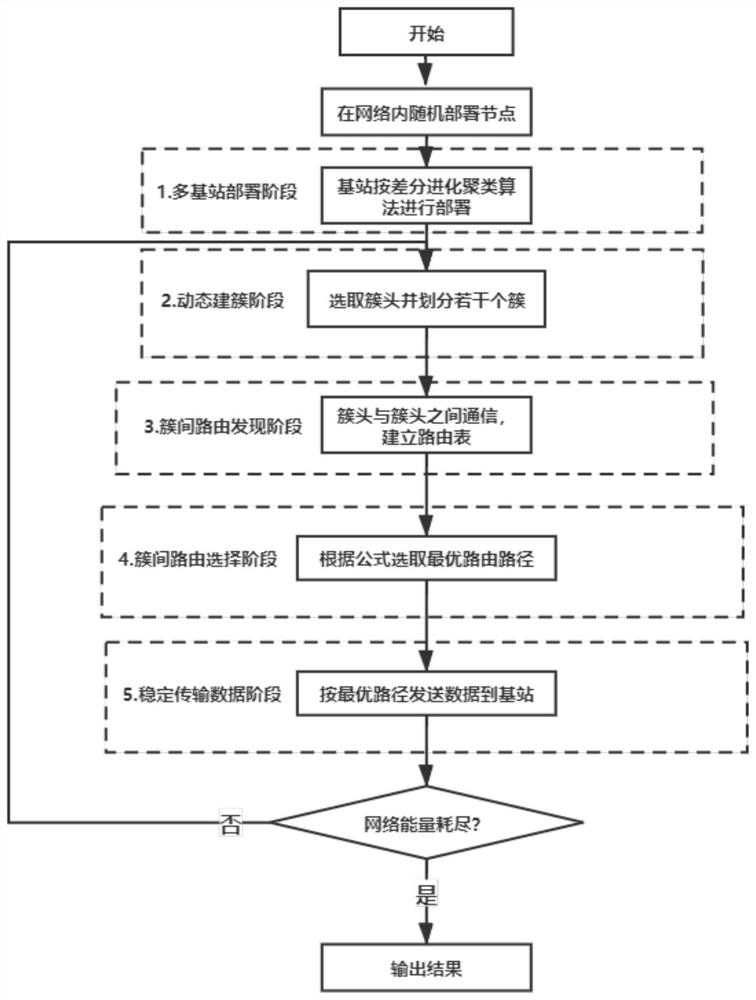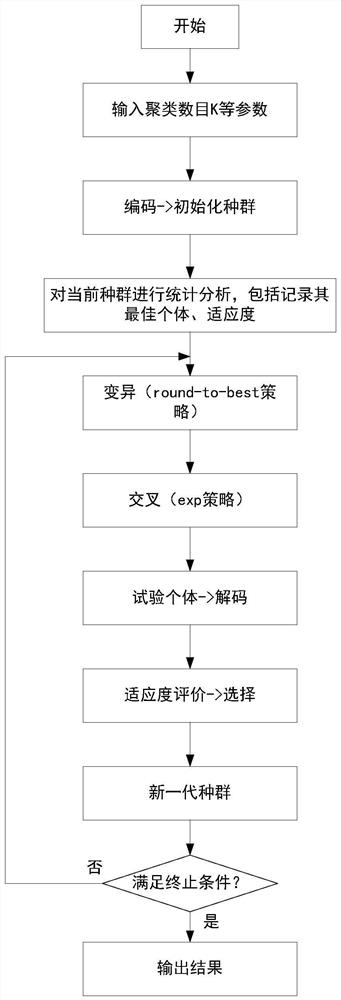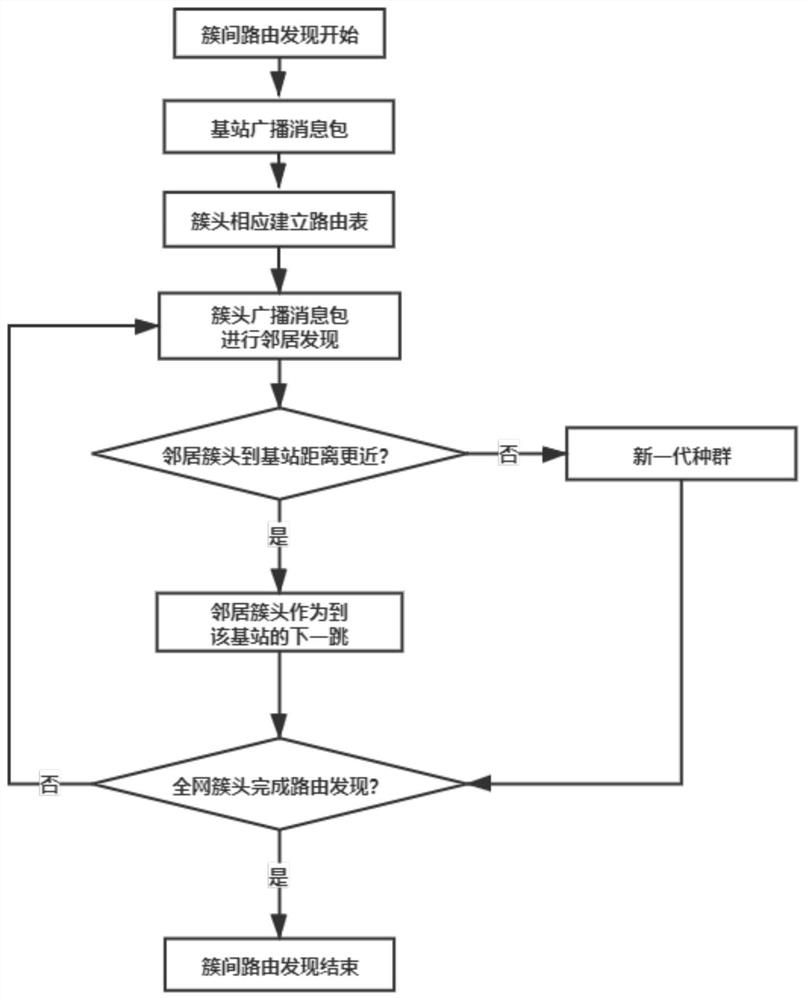Hierarchical routing algorithm based on rechargeable multi-base-station wireless heterogeneous sensor network
A heterogeneous sensor and base station technology, which is applied in wireless communication, network topology, electrical components, etc., can solve the problem of not considering the location of multiple base stations, and the algorithm is not applicable to rechargeable multi-base wireless sensor networks.
- Summary
- Abstract
- Description
- Claims
- Application Information
AI Technical Summary
Problems solved by technology
Method used
Image
Examples
Embodiment
[0095] This embodiment discloses a hierarchical routing algorithm based on a rechargeable multi-base station wireless heterogeneous sensor network, such as figure 1 As shown, it is mainly divided into five stages: multi-base station deployment stage, cluster establishment stage, inter-cluster route discovery stage, inter-cluster route selection stage, and data acquisition and transmission stage, as follows:
[0096] S1. Multi-base station deployment stage: randomly deploy N sensor nodes in the wireless sensor network, and then collect the location information of all sensor nodes to calculate the optimal location of K base stations; the sensor nodes near the base station are rechargeable nodes, The sensor nodes that are far away from the base station are general nodes, forming a rechargeable multi-base station heterogeneous wireless sensor network. Each sensor node has the ability to sense location and communicate.
[0097] In this embodiment, the rechargeable node uses micro...
PUM
 Login to View More
Login to View More Abstract
Description
Claims
Application Information
 Login to View More
Login to View More - R&D
- Intellectual Property
- Life Sciences
- Materials
- Tech Scout
- Unparalleled Data Quality
- Higher Quality Content
- 60% Fewer Hallucinations
Browse by: Latest US Patents, China's latest patents, Technical Efficacy Thesaurus, Application Domain, Technology Topic, Popular Technical Reports.
© 2025 PatSnap. All rights reserved.Legal|Privacy policy|Modern Slavery Act Transparency Statement|Sitemap|About US| Contact US: help@patsnap.com



